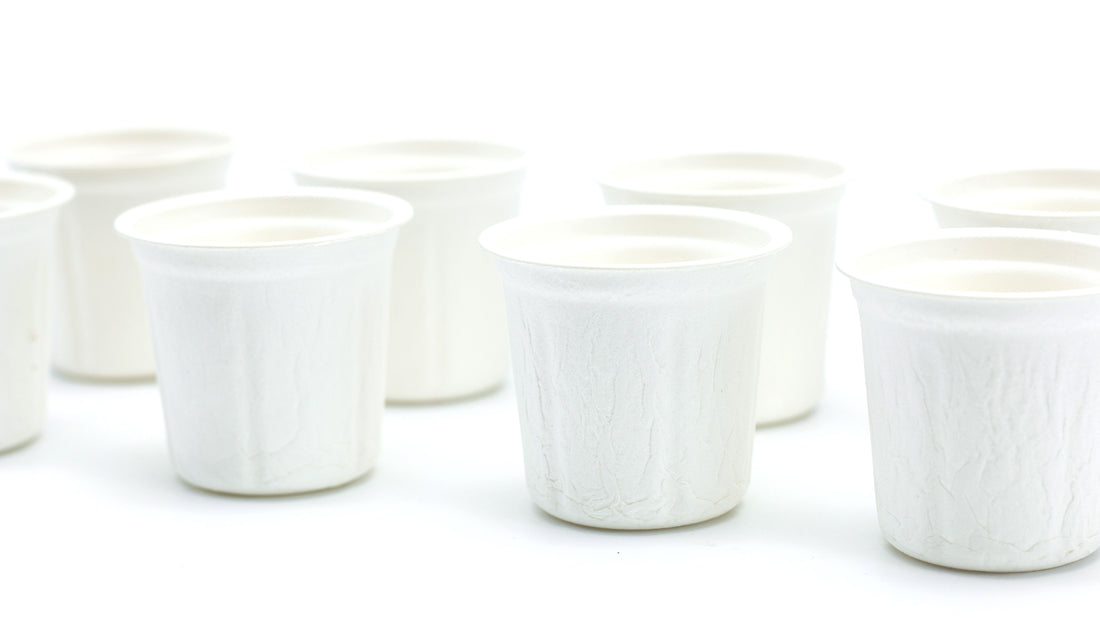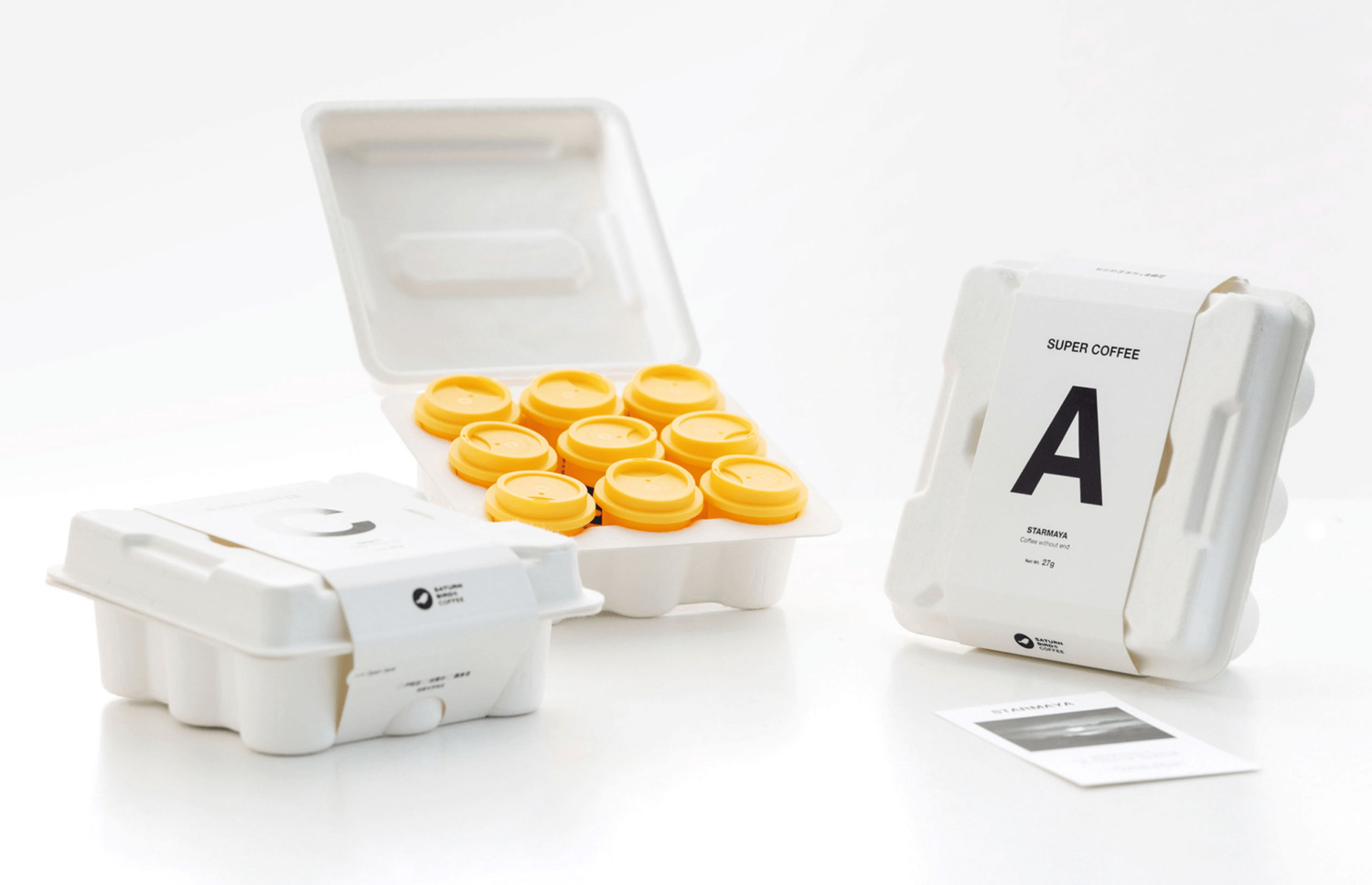Analysis of Pros and Cons of Degradable Coffee Pod Packaging

Share
Degradable coffee capsule packaging refers to the use of materials that can naturally break down over time, reducing their impact on the environment compared to traditional non-degradable materials. When analyzing the advantages and disadvantages of empty coffee capsule products with degradable packaging, the following points should be considered:

Advantages:
Environmental Impact: Degradable coffee capsule packaging helps reduce the amount of plastic waste generated. These capsules are designed to break down naturally, often through composting or biodegradation processes. This reduces the accumulation of non-biodegradable waste in landfills or the environment, ultimately minimizing the carbon footprint.
Sustainable Materials: Many degradable coffee capsule products use eco-friendly materials, such as plant-based bioplastics or compostable materials derived from renewable resources. These materials have a lower environmental impact compared to traditional plastic capsules made from fossil fuels.
Consumer Appeal: An increasing number of consumers are becoming environmentally conscious and actively seeking sustainable products. Offering degradable coffee capsules can attract these environmentally aware customers who prioritize eco-friendly options, thereby boosting sales and brand reputation.
Composting Potential: Some degradable coffee capsules are specifically designed for home composting. These capsules can be added to compost bins or municipal composting systems, where they break down into organic matter that can enrich the soil. This helps create a closed-loop system and promotes circular economy principles.
Disadvantages:
Cost: Degradable coffee capsules can be more expensive to produce compared to traditional non-degradable capsules. The cost of eco-friendly materials, manufacturing processes, and the additional steps required for compostability or biodegradability can contribute to higher production costs. This may result in increased prices for consumers.
Performance and Shelf Life: Some degradable coffee capsule materials may not offer the same level of performance or shelf life as traditional non-degradable materials. There might be challenges in maintaining the necessary barrier properties, such as protecting the coffee from moisture and oxygen, which could potentially impact the quality and taste of the coffee.
Limited Recycling Options: While composting is a viable end-of-life solution for some degradable coffee capsules, it may not be accessible or widely available to all consumers. This can limit the recycling options for these capsules, and if they end up in regular waste streams, they may still contribute to environmental issues.
Perception of Greenwashing: There is a risk that some companies might engage in greenwashing, where they claim their products are more environmentally friendly than they actually are. It is important for consumers to verify the validity of claims made by manufacturers regarding the degradability and sustainability of their coffee capsule packaging.
It's worth noting that the advantages and disadvantages can vary depending on the specific degradable coffee capsule product, manufacturing processes, and the local waste management infrastructure.

Advantages:
Environmental Impact: Degradable coffee capsule packaging helps reduce the amount of plastic waste generated. These capsules are designed to break down naturally, often through composting or biodegradation processes. This reduces the accumulation of non-biodegradable waste in landfills or the environment, ultimately minimizing the carbon footprint.
Sustainable Materials: Many degradable coffee capsule products use eco-friendly materials, such as plant-based bioplastics or compostable materials derived from renewable resources. These materials have a lower environmental impact compared to traditional plastic capsules made from fossil fuels.
Consumer Appeal: An increasing number of consumers are becoming environmentally conscious and actively seeking sustainable products. Offering degradable coffee capsules can attract these environmentally aware customers who prioritize eco-friendly options, thereby boosting sales and brand reputation.
Composting Potential: Some degradable coffee capsules are specifically designed for home composting. These capsules can be added to compost bins or municipal composting systems, where they break down into organic matter that can enrich the soil. This helps create a closed-loop system and promotes circular economy principles.
Disadvantages:
Cost: Degradable coffee capsules can be more expensive to produce compared to traditional non-degradable capsules. The cost of eco-friendly materials, manufacturing processes, and the additional steps required for compostability or biodegradability can contribute to higher production costs. This may result in increased prices for consumers.
Performance and Shelf Life: Some degradable coffee capsule materials may not offer the same level of performance or shelf life as traditional non-degradable materials. There might be challenges in maintaining the necessary barrier properties, such as protecting the coffee from moisture and oxygen, which could potentially impact the quality and taste of the coffee.
Limited Recycling Options: While composting is a viable end-of-life solution for some degradable coffee capsules, it may not be accessible or widely available to all consumers. This can limit the recycling options for these capsules, and if they end up in regular waste streams, they may still contribute to environmental issues.
Perception of Greenwashing: There is a risk that some companies might engage in greenwashing, where they claim their products are more environmentally friendly than they actually are. It is important for consumers to verify the validity of claims made by manufacturers regarding the degradability and sustainability of their coffee capsule packaging.
It's worth noting that the advantages and disadvantages can vary depending on the specific degradable coffee capsule product, manufacturing processes, and the local waste management infrastructure.


